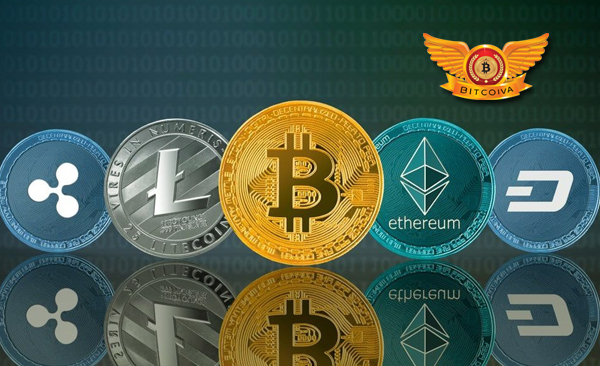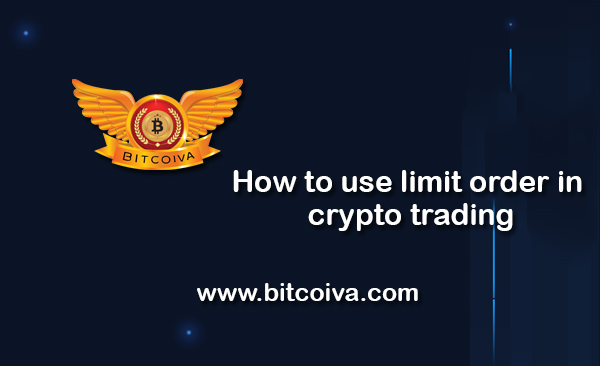In crypto trading a limit order is an order on the order book that has a predetermined limit price. You choose the upper limit price. Only if the market price reaches your limit price will the trade performed (or better). As a result, limit orders used to buy cryptocurrency in India or sell at a lower or higher price than the current market price.
What Does a Limit Order Entail in Crypto Trading?
A limit order is a purchase or sell order with a defined price. Setting a maximum or minimum price you’re willing to buy or sell an asset required to make a limit order. Your order will entered into the order book and executed only if the market price meets the limit price (or better).
A limit order gives you greater control over the execution price than a market order, which executes deals instantaneously at the current price. Limit orders are automatic, so you don’t have to keep a constant eye on the market or worry about missing a buy or sell opportunity while you’re sleeping.
Your limit order, however, is not guaranteed executed. Your deal will stay unfilled on the order book if the market price never reaches the limit price. A limit order can typically placed for up to a few months, however this varies on the crypto exchange India.
What is The Purpose of A Limit Order in Crypto Trading?
When a limit order is submitted, it is instantly entered into the order book. However, it will not be filled until the coin price hits the set limit (or better). For instance, suppose you wish to sell 10 BCA for $600, but the current market price is $500. A $600 BCA sell limit order can be placed. Depending on market liquidity, your order will be executed when the BCA price reaches or exceeds the target price. If additional BCA sell orders have been placed before yours, the system will execute those orders first. After then, the remaining liquidity will be used to satisfy your limit order.

When Should a Limit Order be Used in Crypto Trading?
Limit Orders are Useful When
You wish to acquire something at a certain price below the current market price or sell something at a certain price above the current market price;
You are not in a rush to buy or sell something right away;
You’d like to lock in unrealized gains or limit possible losses.
To accomplish a dollar-cost-averaging (DCA) impact, divide your orders into smaller limit orders.
Advantages of Using Limit Order
The most appealing feature of a Limit Order is that it allows the trader to execute a trade only when the price is favourable to them. The trader can choose the rate for when they wish to buy or sell cryptocurrency India ahead of time. Limit Orders also provide the following advantages:
Traders are in charge of determining when it is appropriate to buy or sell.
Even if the cryptocurrency has not yet reached the target, the amount can be specified.
When trading greater volumes, this is advantageous.
One can avoid checking crypto prices on a regular basis because the prices they are happy with are already set.
Limit Orders vs Stop-Loss Orders
Limit, stop-loss, and stop-limit orders are some of the numerous types of orders you might use while trading cryptocurrency.
A market order that triggers when the market hits your stop price is known as a stop-loss order. It’s an order to buy or sell a coin at market price once it reaches the stop price you specify.
A stop-loss order becomes a market order when it is activated, and it executes at the current market price. Your order will not be executed if the stop price is not met. Sell stop orders can be used to limit possible losses in the event that the cryptocurrency market moves against you. They can also be used to exit a trade and protect unrealized profits as a “take-profit” order. You can also use buy stop orders to join the market at a lower price.
The difference between a limit order and a stop-loss order is that the former will execute (as a market order) at the limit price you specify (or better). However, if market prices change too quickly, your order may be filled at a price that is significantly different from the trigger price.
Limit vs Stop-Limit Orders
A stop-limit order includes the characteristics of both a stop and a limit order. When the stop price is reached, a limit order is automatically triggered. If the market price meets or exceeds the limit price, the order will be executed. If you don’t have time to keep a close eye on your portfolio, stop-limit orders can help you restrict the amount of money you lose on a deal.
You must specify two prices when placing a stop-limit order: the stop price and the limit price. Stop-limit orders differ from limit orders in that the former will only place a limit order if the stop price is reached, whilst the latter will be placed on the order book immediately.
If BCA is trading at $600, you may place a sell stop-limit order with a $590 stop price. If BCA falls below $590, the system will automatically place a sell limit order at the limit price you chose (for example, $585) or higher. Your orders, however, are not guaranteed to be fulfilled. There’s a danger your order will go unfilled if the market changes too quickly.
Stop-Loss Orders vs Stop-Limit Orders
Your stop price is used to trigger both stop-limit and stop-loss orders. The stop-limit order, on the other hand, will create a limit order after it is activated, whereas the stop-loss order will create a market order.
Visit us at: www.bitcoiva.com

